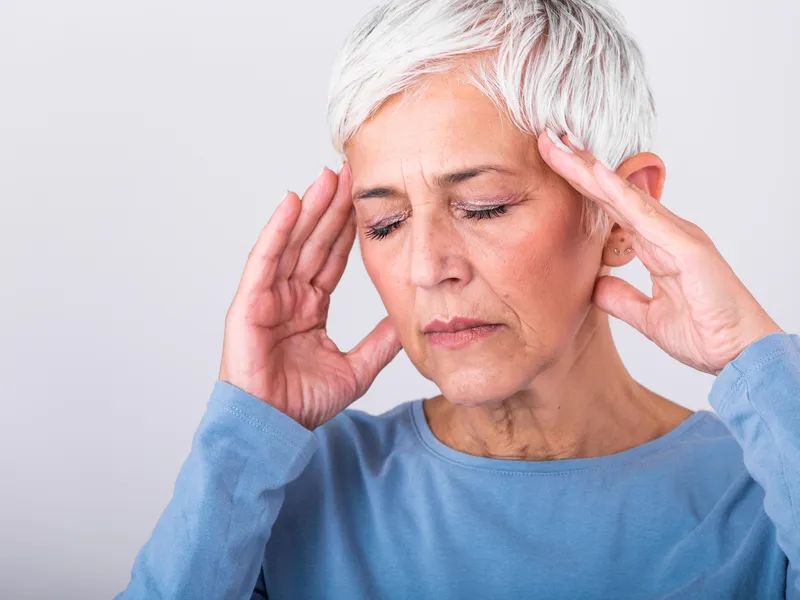CSRS has good performance for identifying patients with syncope at low risk for serious outcomes
TUESDAY, April 26, 2022 (HealthDay News) — The Canadian Syncope Risk Score (CSRS) has good performance for identifying patients with syncope at low risk for serious outcomes, according to a study published online April 26 in the Annals of Internal Medicine.
Tobias Zimmermann, M.D., from the University of Basel in Switzerland, and colleagues externally validated the CSRS in a large international, multicenter study among patients aged 40 years or older presenting to the emergency department with syncope and compared it to the validated Osservatorio Epidemiologico della Sincope nel Lazio (OESIL) score for predicting 30-day serious outcomes not evident during emergency department evaluation.
The researchers found that the primary composite outcome of serious clinical plus procedural events occurred in 7.2 percent of 2,283 patients, and the composite outcome excluding procedural interventions occurred in 3.1 percent at 30 days. For both 30-day composite outcomes, the prognostic performance of the CSRS was good and was better than the OESIL score (area under the receiver operating characteristic curve [AUC], 0.85 versus 0.74 and 0.80 versus 0.69, respectively). Compared with the OESIL score, use of the CSRS scores yielded higher safety of triage, as measured by the frequency of the primary composite outcome in the low-risk group (0.6 versus 1.5 percent). A simplified model with only the clinical classification of syncope variable at emergency department discharge achieved similar discrimination as the CSRS (AUC, 0.83 for the primary composite outcome).
“The CSRS showed good performance in the identification of patients at low risk for serious outcomes and, therefore, possible candidates for discharge from the emergency department and was superior to the OESIL score,” the authors write.
The study was partially funded by several pharmaceutical companies.
Abstract/Full Text (subscription or payment may be required)
Copyright © 2022 HealthDay. All rights reserved.







